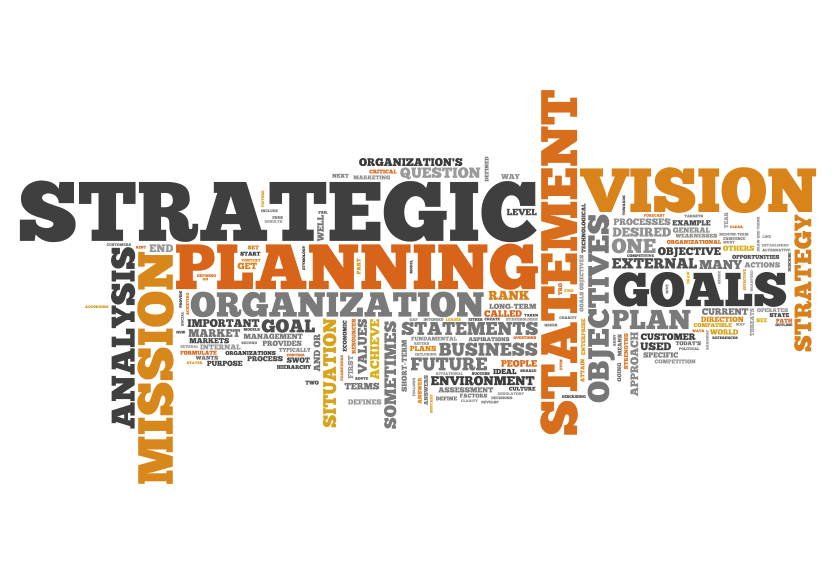Training is a part of every organization’s strategic plan, and HR becomes more of a strategic partner in the future of business. Today, we present approaches to strategic planning in an article by Deedee Myers, PhD, MSc, PCC.
 |
Strategic planning from a human resources perspective is gaining momentum in organizations that aspire to be sustainable. With Baby Boomers retiring and Millennials stepping into significant leadership roles, there must be a new level and quality of attention paid to this phenomenon.
Meaningful and positively provocative employee engagement in the organization, vision, and mission increases ease in the workplace, decreases stress, and creates an environment of relevant action and outcomes. Strategic planning, often seen as a couple of days of semi-fun off-site, is now seen as the place to come together in a mutual commitment for the sake of your customers, employees, and community.
Approach to Strategic Planning
Strategy development begins by identifying where the organization is today, determining its desired future state, and defining initiatives to leverage new opportunities that will connect today to your future.
Below are some tips to consider when using the strategic planning approach, which exists within a framework specifically designed to uncover emergent opportunities that are unique to each organization, team, and individual.
Strategic Thinking Framework
DDJ Myers has researched several models, some of which have been available since the 1930s, to help organizations perform strategic planning. There is a need for a strategic-thinking framework and approach that quickly and smoothly guides an organization through this complex process while engaging the whole system of functions and stakeholders responsible for operating the plan.
Most of the approaches that were uncovered in the research had a linear framework that did not resonate well with the people aspect of the focus at DDJ Myers—humans are not linear in thought or action. If such an environment is imposed, humans tend to contract and withdraw rather than expand, innovate, and be creative in problem solving and opportunity seeking.
Two researched approaches, SWOT and SOAR, are highlighted in today’s and tomorrow’s Advisor.
SWOT
SWOT (strengths, weaknesses, opportunities, and threats) analysis is a well-known, traditional strategic planning process. The SWOT methodology was developed over 1,000 years ago to support military operations.
The SWOT design is structured so that half of strategic planning time is spent on positive aspects, such as strengths and opportunities, and the other half is spent on negative aspects, such as weaknesses and threats.
- Strengths: What this department or organization does best
- Weaknesses: Areas that need improvement
- Opportunities: Existing or potentially emerging opportunities that might be used to improve the position of your department or organization
- Threats: Conditions that might undermine your success
SWOT was used well during the recession to highlight the immediate operational areas that needed to be triaged, contracted, or reframed. Unfortunately, due to the human tendency to dwell on what is or can go wrong, most of the time is spent on the weaknesses and threats.
The conversation on opportunities tends to focus on what the external industry might offer rather than what can be self-generated. The outcome is that participants leave with strategic initiatives to remedy issues affecting current operations rather than building for the future by creating new and relevant strategic opportunities and incentives.
In tomorrow’s Advisor, Myers contrasts SWOT with appreciative inquiry theory and SOAR.
